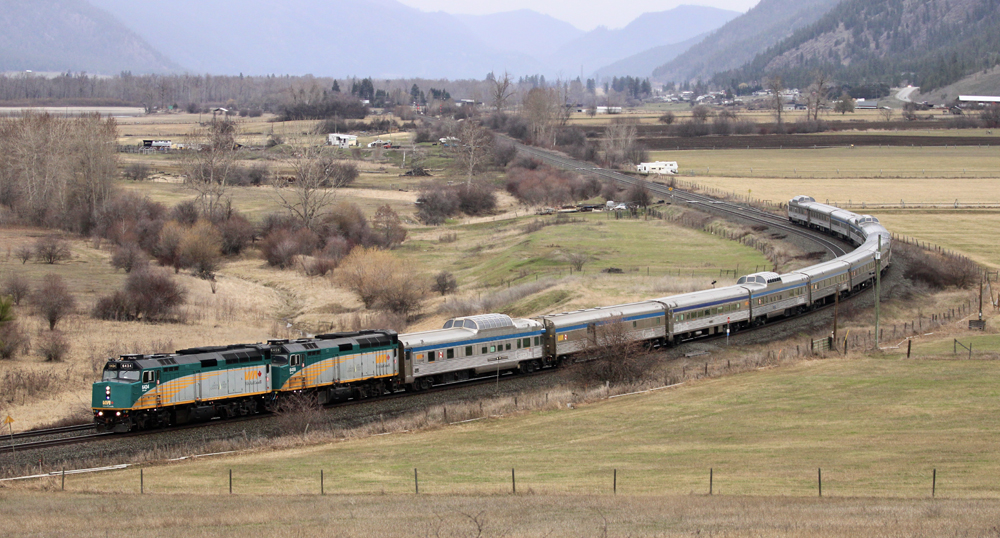
JASPER, Alberta — Anyone planning a trip on VIA Rail Canada’s Canadian, Ocean or other regional trains outside the Quebec City-Windsor, Ontario, corridor should keep departure date and sleeping accommodation options open. That’s because this is the first summer VIA will be utilizing a more sophisticated booking system that now offers wide pricing swings based on percentage of space sold sellout for a particular train.
Navigating VIA’s website
The company unveiled the long-planned upgrade last Nov. 18 [see “VIA Rail Canada to launch new website …,” Trains News Wire, Nov. 8, 2023]. Its site uses complicated algorithms to price every departure’s accommodation or fare type to demand between city pairs. VIA also attempted to introduce seemingly convoluted conditions and fees for carry-on and checked luggage depending upon the type of fare. Those charges met immediate customer resistance, however, so they have been “free for a limited time” ever since.
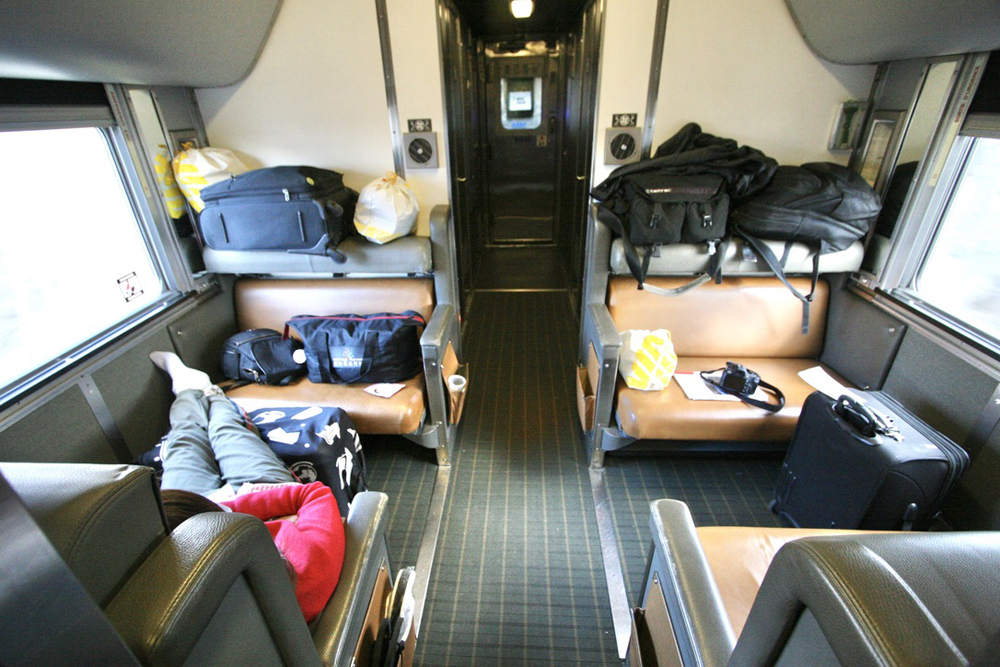
The main advantage of the new system, which utilizes the same vendor and booking process as Florida’s Brightline, is that it not only shows different fares for different trains on the same date, but also lists the lowest fare for dates before and after the one chosen. For instance, on April 13 there were four “lowest” Toronto-Montreal coach fares (from C$96 to C$127) and six “lowest” business class fares (from C$169 to C$307 on the 10 departures for April 15. But the customer could see a “lowest” fare range from $127 on April 13 to $79 on April 17. Within each class, the traveler is given various refund options (higher prices for fewer cancellation or refund penalties) after choosing either economy or business class.
When booking a VIA long-distance or regional train outside the corridor, passengers are also shown the lowest economy (coach) fare for the one train leaving on every departure date. But the user must click on each departure day to see fares for Sleeper Plus accommodations: berth, roomette (VIA calls this “cabin for 1”), bedroom (“cabin for 2”), Prestige bedroom (Canadian only), drawing room (“cabin for 3,” available on Ocean and Winnipeg-Churchill Chateau sleepers), and Renaissance cabin for 2 (Ocean only). The format is a significant improvement, though, because travelers are now shown a calendar of when less-than-daily trains leave instead of being directed to “next available” when selecting a date the train doesn’t depart.
Best bargains with berths
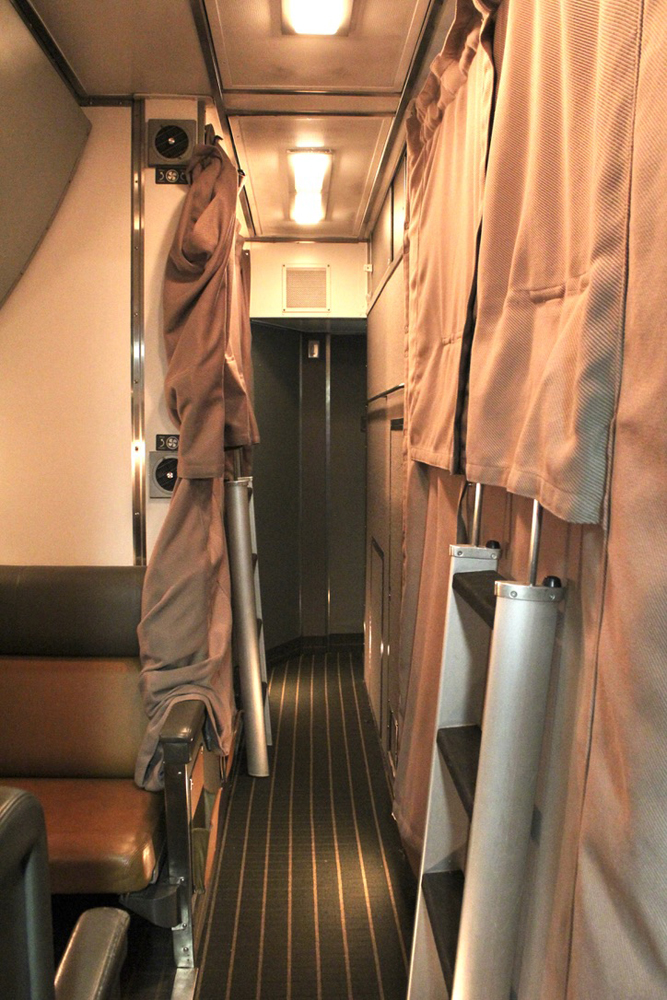
Regarding berths, these are the last vestige of a once-ubiquitous “section” accommodation on nearly every North American overnight passenger train. Only VIA Rail Canada still offers them; the stainless steel Budd equipment first entered service in 1954 and 1955! Each Manor and Chateau sleeping car has three sections (one was converted to a walk-in shower during a 1990s rebuild). Before the COVID-19 pandemic, VIA sold upper and lower berths separately; now it’s just one price for a “berth,” the least expensive sleeping accommodation.
Travelers are more likely to find berth availability because the nighttime hallway curtain and daytime open seating offers less privacy than roomettes and bedrooms. Another reason is that one or two of the four roomettes in each Manor sleeper on the Canadian are reserved for onboard employees (Chateau sleeping cars on the Ocean and Winnipeg-Churchill train have eight duplex roomettes).
Canadian tips
Beginning May 1 westbound from Toronto, and May 3 eastbound from Vancouver, through Oct. 31, each Canadian consist expands to eight Manor sleepers, two economy coaches, two Skyline domes, two meals-included dining cars for Sleeper Plus and Prestige Passengers, and a Park observation-dome-lounge to the rear of two Prestige bedroom sleeping cars that Sleeper Plus passengers may also access after 4 p.m. (except departing Vancouver, B.C.)
It’s a pricey experience. So although the idea of spending the money to ride the Canadian from Vancouver to Toronto or vice-versa on a four-night trip may be appealing, planning a stopover or switching between a sleeping car accommodation and economy for a night could offer more value per travel dollar.
Because the Vancouver-Jasper, Alta., segment has the heaviest patronage (that’s where the mountains are), a News Wire spot check of six trains from May through August 2024 (as of April 14) showed the following price ranges in Canadian dollars before taxes are applied. (The current exchange rate is C$1,378 per $1,000 U.S.; HST taxes vary depending on direction of travel).

Every accommodation (including Prestige class, not shown) is sold out on certain trains for some segments, likely accounting for wide fare differentials. For instance, the July 17 westbound departure from Toronto’s berth fare is $1,071 to Jasper. but the Jasper-Vancouver segment on the same train is sold out. This is not a coincidence.
Tardy timekeeping still occurs, especially getting out of Vancouver rail congestion, but generous gobs of recovery time still enables the Canadian to get back on schedule periodically.
Updates of note on regional routes
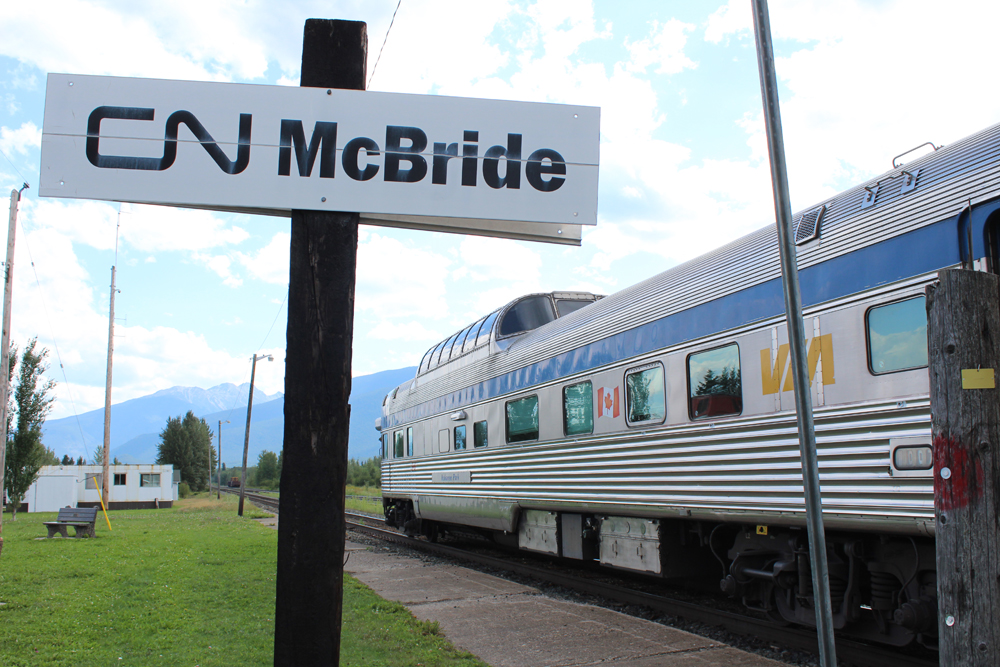
Prince Rupert, B.C.-Jasper with an overnight stop at Prince George, B.C., (once known as Skeena) still operates with a Park observation dome lounge, but the single-level Panorama dome that offered meals in Touring Class remains sidelined (the cars have also not returned to the Canadian).
Winnipeg-Churchill, Manitoba (once known as Hudson Bay) has been assigned only one sleeping car and only snacks are offered for purchase on the two-day trip. The crew does have menus for restaurants at Thompson, Man., and take-out orders are delivered to the train during the long midday stop there.
Trip planning
To fully take advantage of lowest fares between possible stopover points, travelers need to know the major intermediate stops. Unfortunately, VIA’s new site, like Amtrak’s website, only offers schedules “on demand” that require the user to know the stations. The Rail Passengers Association website fills the void by offering the following downloadable grid schedules that make strategic trip planning possible:
— Canadian: Toronto-Winnipeg-Jasper-Vancouver, B.C.
— Ocean: Montreal-Halifax, Nova Scotia
— Remote services: Montreal-Senneterre/Jonquiere, Quebec, Sudbury-White River, Ont., Winnipeg-Churchill, Man., and Jasper, Alta.,-Prince Rupert, B.C.
Getting the most out of VIA Rail Canada cross-country summer travel requires some effort, but experiencing the company’s unique routes, trains, and service are often worth it.






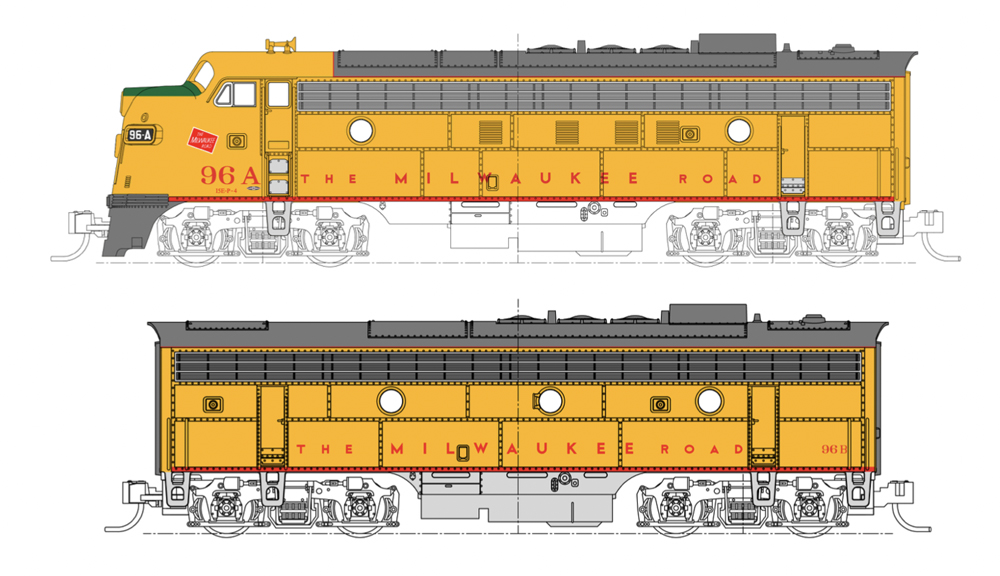
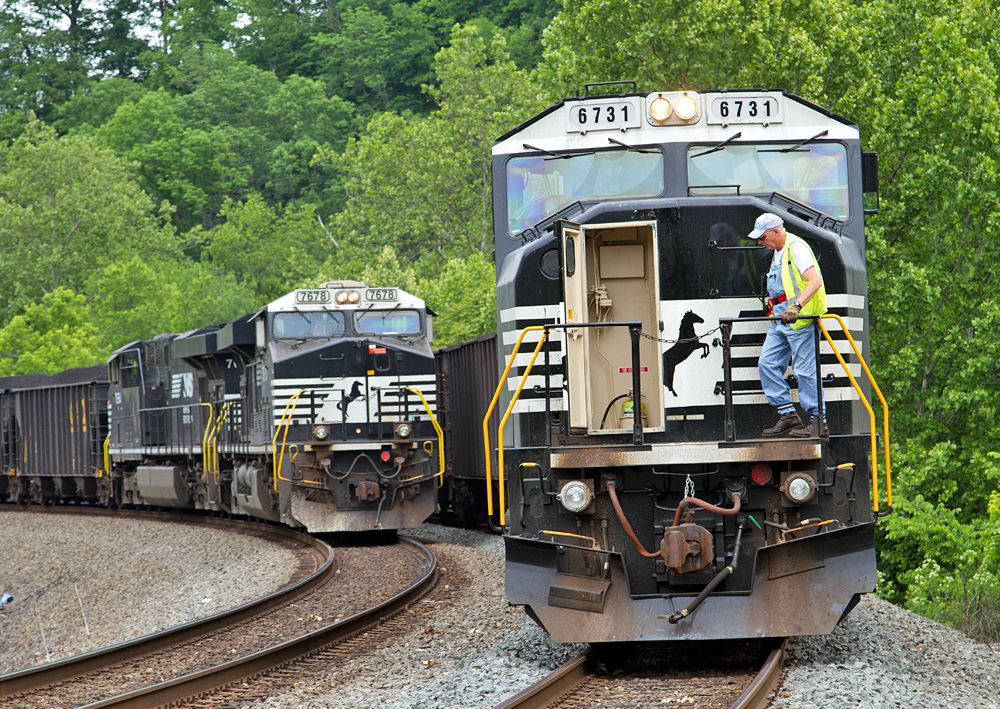
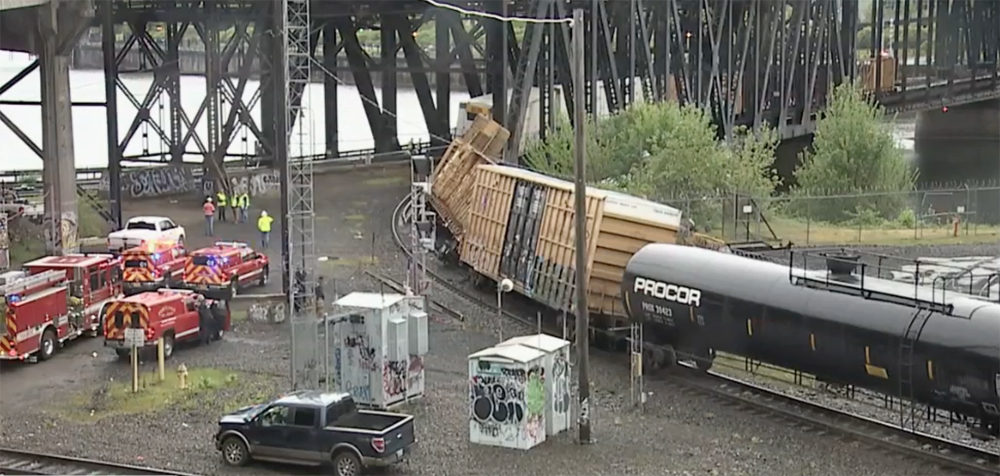





It would be really interesting if Trains did a deep dive into the changes in the Canadian over the last decade in terms of frequencies, OTP, and class of services. From the VIA 2018 corporate plan it was covering variable cost even in the latest tourism focused reduced frequencies. See – https://www.viarail.ca/sites/all/files/media/pdfs/About_VIA/our-company/corporate-plan/Corporate_Plan2018.pdf
“3.4.1 The Canadian Financial Performance – 2013 to 2017
a) Revenues From 2013 to 2017, the Canadian’s revenues increased 62.1% primarily due to the popularity of the Prestige sleeper class, and increased fares in 2014. From a high of 112,000 passengers in 2012, ridership has steadily declined to a low of 93,000 in 2016. This reflects a cut in frequencies and deterioration in OTP. In 2017, despite a continuous decline in OTP (from 54% in 2016 to 8% in 2017), ridership has recovered to 105,000, notably due the popularity of the Canada 150 Youth Passes. In 2017, the Canadian generated $63.8 million in passenger revenue.
b) Variable Expenses Between 2013 and 2017, the Canadian’s variable expenses increased by 18.4%, due to increased compensation costs (mainly due to poor OTP) and inflation. c) Contribution and Efficiency Between 2013 and 2017, the Canadian’s variable contribution greatly improved, going from -$14.9 million to $0.8 million. The operating ratio rose from 74% in 2013 to 101% in 2017. This was achieved in part due to an improved environment for Canadian tourism but, also, because the addition of value added products such as the Prestige product, which is directly targeted to high-value passengers.
The operating ratio rose from 74% in 2013 to 101% in 2017. “
Bob: Thanks for your comprehensive report on VIA fares and service. I’m saddened to hear about the minimal (essentially nonexistent) food service on the Churchill train. I was lucky enough to ride it just before COVID hit and we had full meal service in a Skyline car as well as a Park Car on the rear.
The cheapest flight I found Vancouver to Toronto is $155 (USDollars). And doesn’t take four nights.
“Objection, your honor, relevance. The purpose of this train is not to convey its passengers to their destination as quickly and cheaply as possible. A comparison to a cheap flight is illogical.” “Sustained.”
Indeed, Mr. Pins, sustained!
Okay, George and Ron. I get it. If you want this train, George and Ron, then tell VIA to run the train daily, cut the grotesque padding out of the schedule, and reinstate the Montreal section.
I find it amazing that prior to VIA, CNR and CPR ran a pretty decent passenger rail system in Canada. VIA has cut it down to almost nothing. In America we can say that Amtrak has sort-of saved intercity passenger rail. In Canada, VIA has done quite the opposite.
Don’t believe me? Look up VIA schedules of four decades ago. Only a fraction of it still runs.
I agree with you, Charles, maybe more with CN than CP. I travelled via CN extensively in the seventies, when they had the red, white and blue fares, and were promoting the service. Remember the “Daynighters?” I remember lots of passengers, but that was when it was a Crown Corporation and perhaps the political balance sheet was more favorable. I am impressed with the ability to expand summer consists to what looks like seventeen cars, with two diners. I don’t know how many trainsets they need, or extra crew, but I know Amtrak would not even attempt that feat, revenue be damned.
Charles said, “then tell VIA to run the train daily, cut the grotesque padding out of the schedule, and reinstate the Montreal section.”
As information, other than a Montreal section from Toronto, one from Sudbury (on CPKC) would require rebuilding of 147 miles of track between Mattawa and Arnprior. On the CN side, it would require reconstructing 295 miles from near Ottawa to Capreol.
https://rac.jmaponline.net/canadianrailatlas/
The particularly sad thing about Canadian railroads today is that all east/west traffic between Sudbury/Capreol and points Ottawa and east must move via the Toronto area. (An route exists via North Bay and Rouyn-Noranda and the Ontario Northland Railway, but it is fantastically circuitous.)